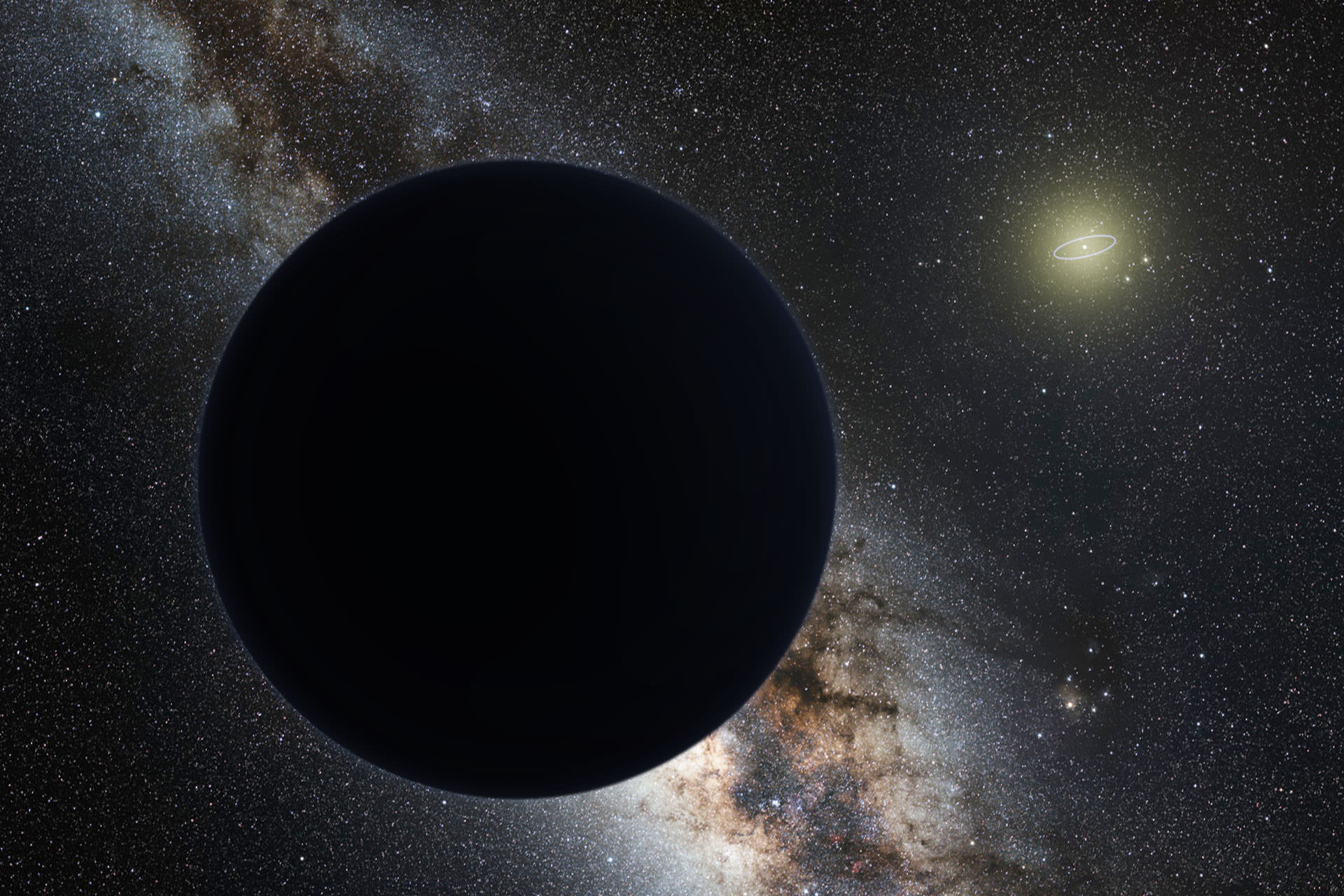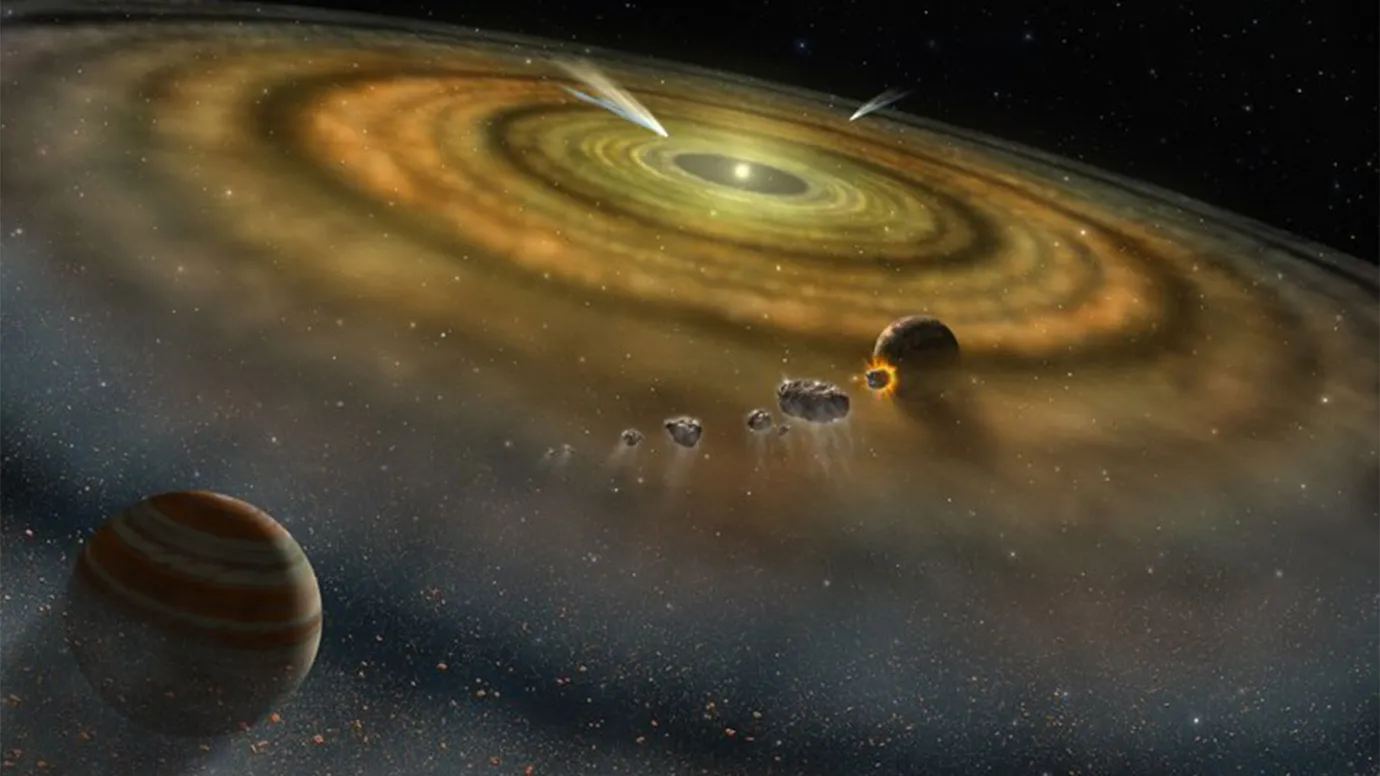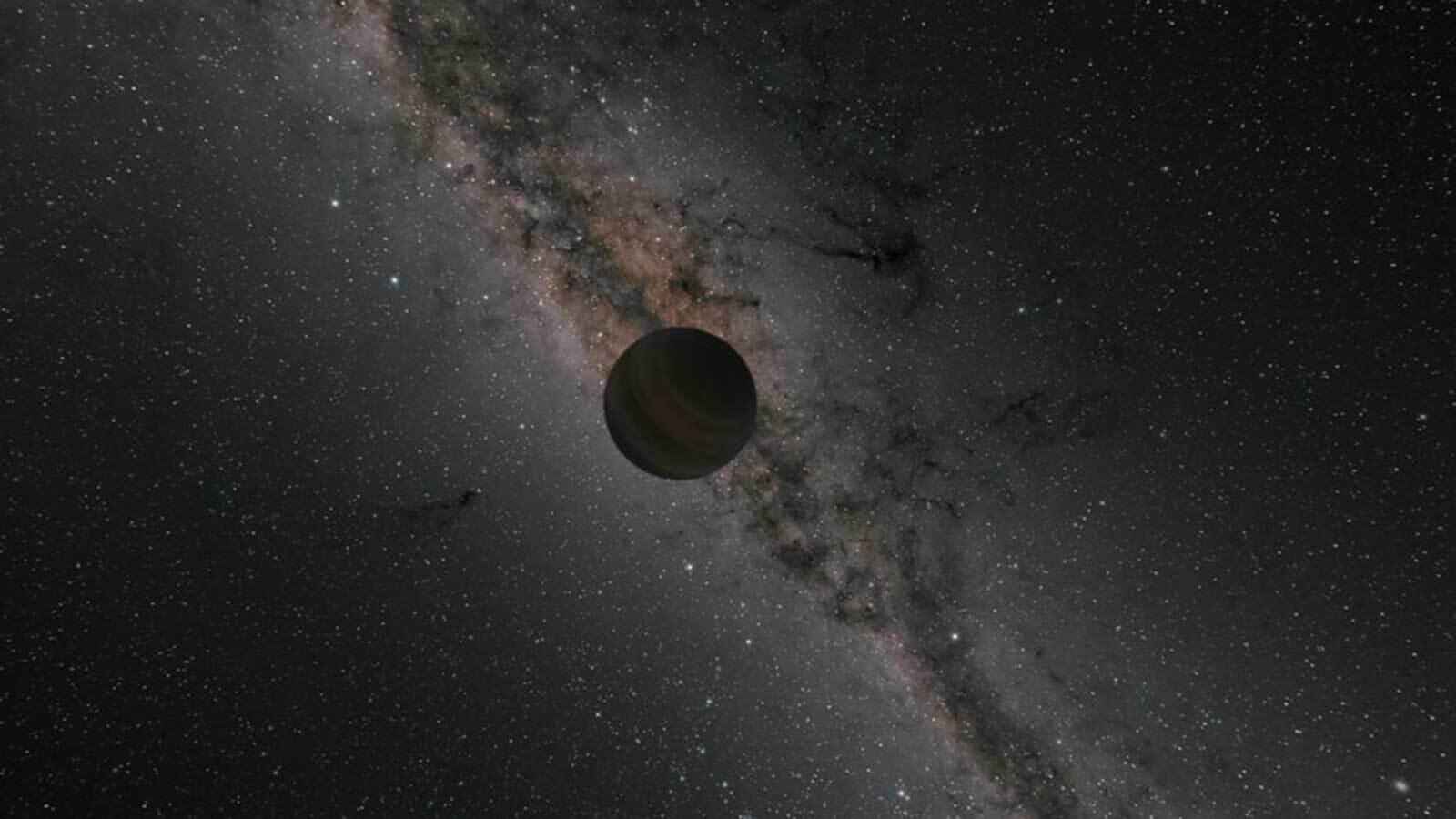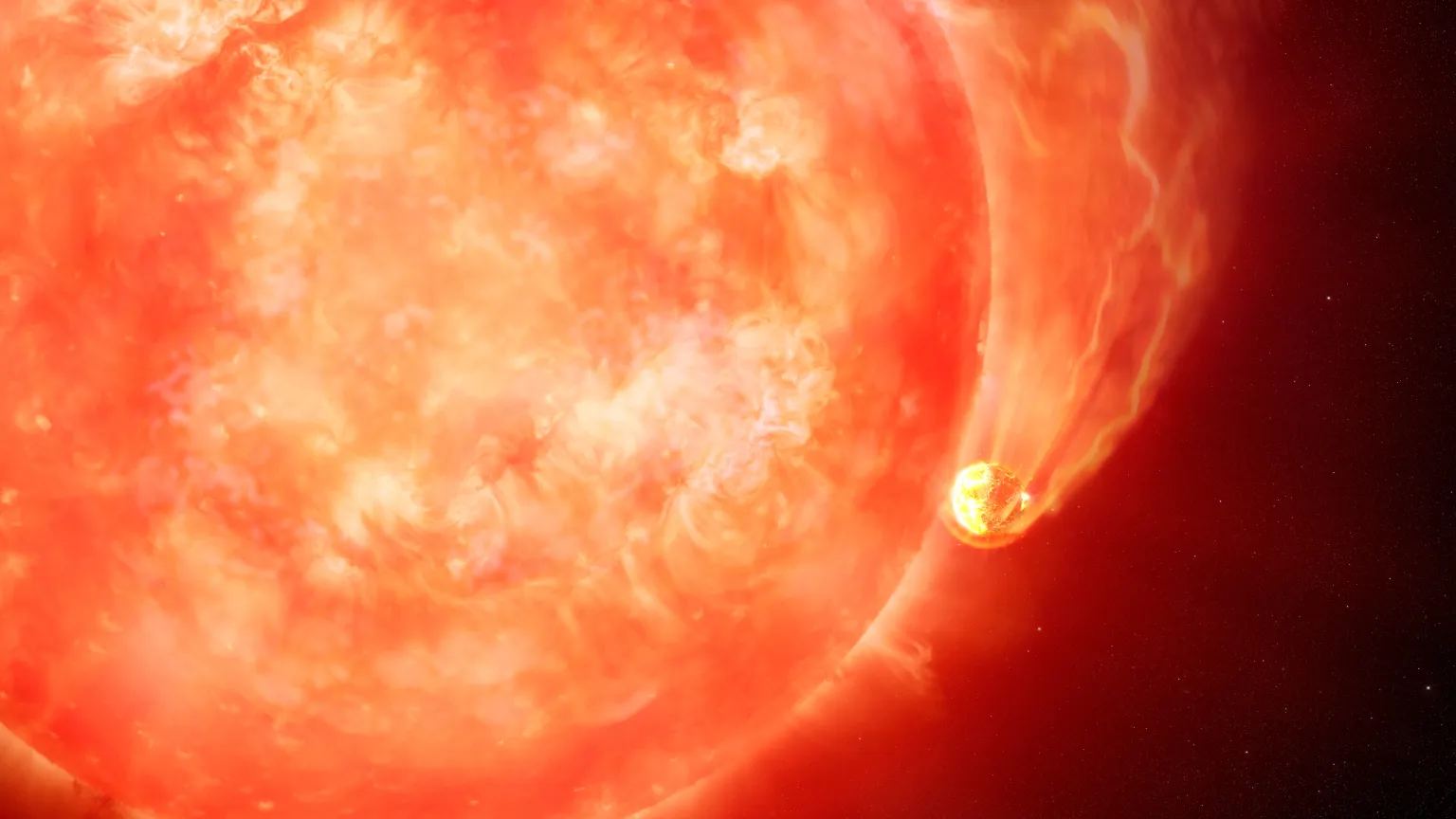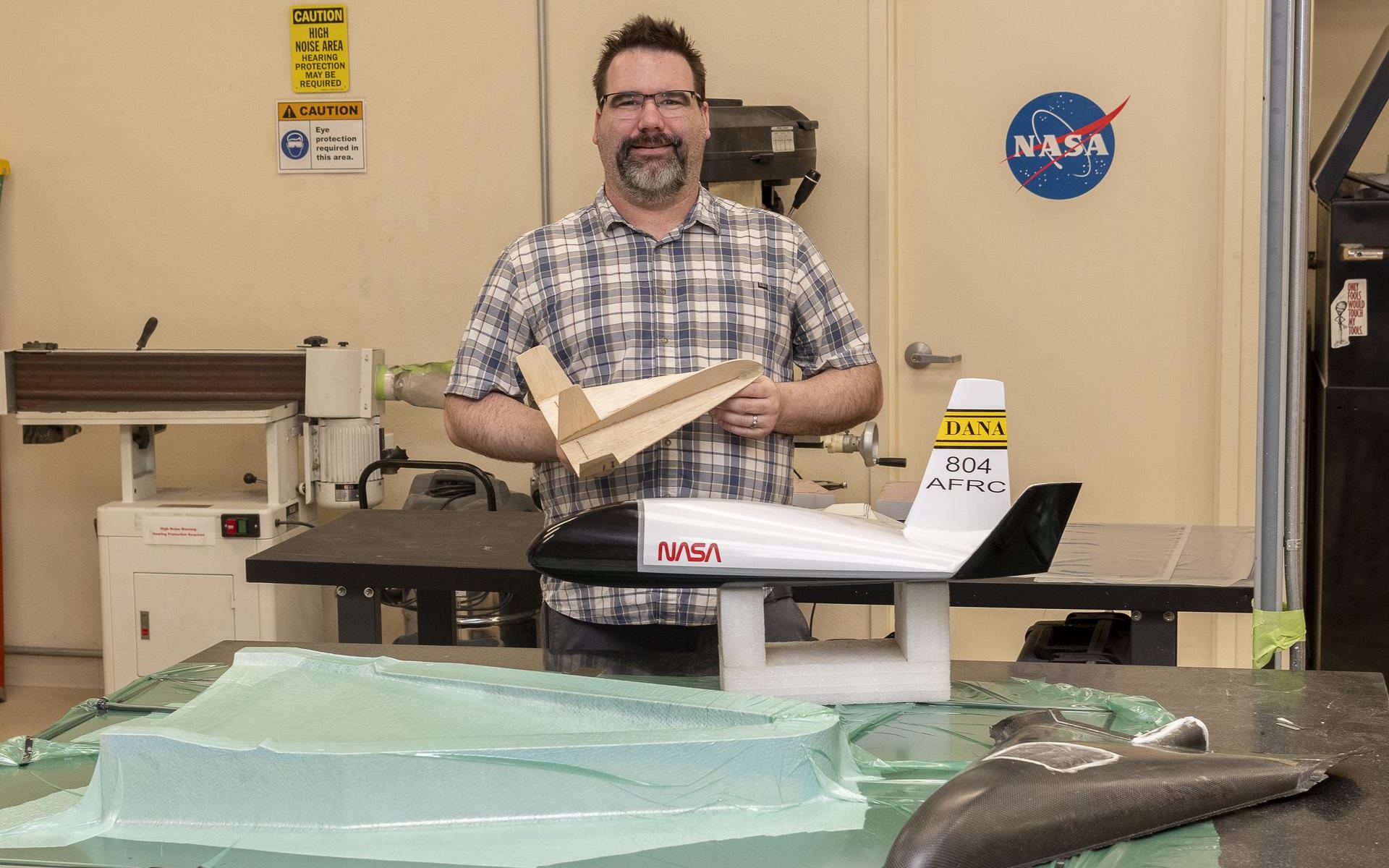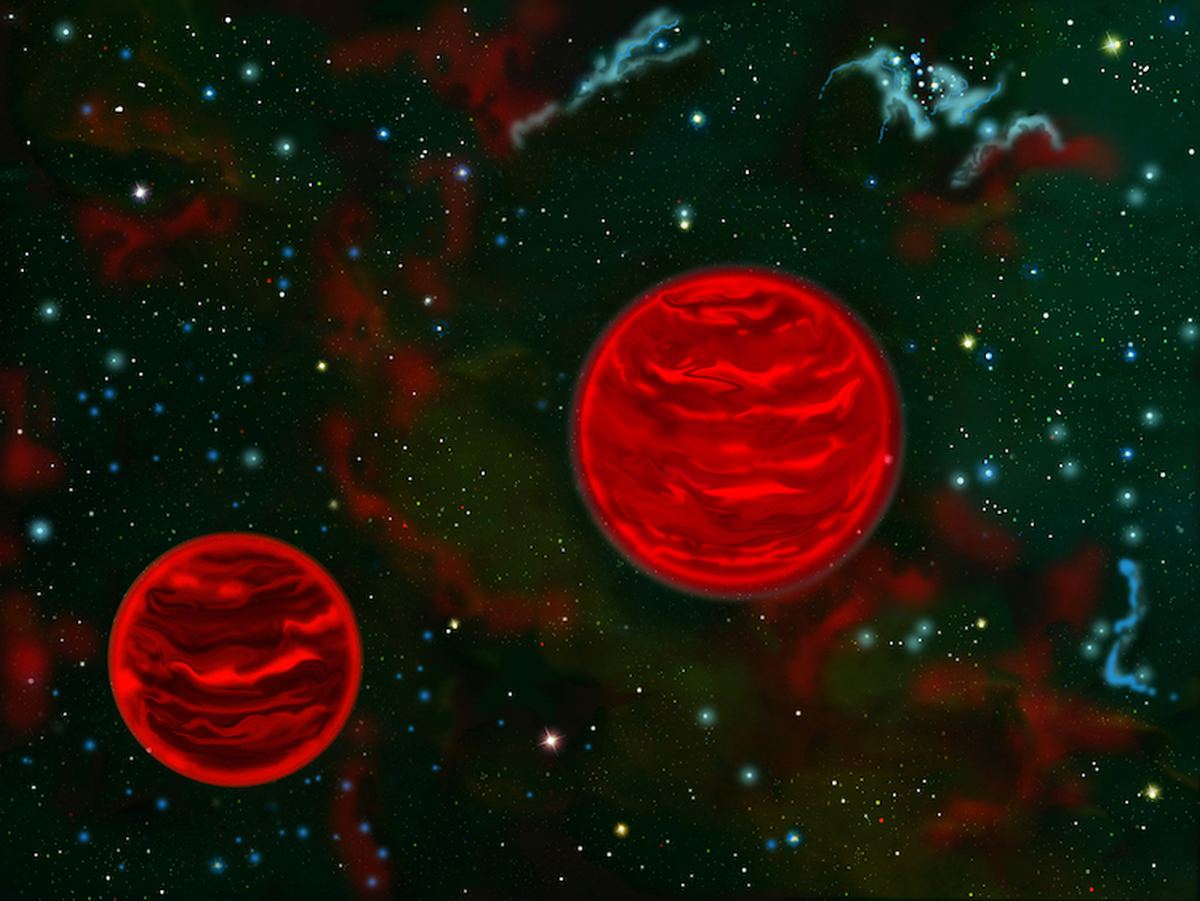When you walk across your lawn or down the street, you move on the surface of a surprisingly layered world. Some of those layers are rock, others are molten. A surprising amount of water is mixed into those layers, as well. It turns out that most planets have more of it “deep down” than we imagined.
Continue reading “There’s More Water Inside Planets Than We Thought”There’s More Water Inside Planets Than We Thought





